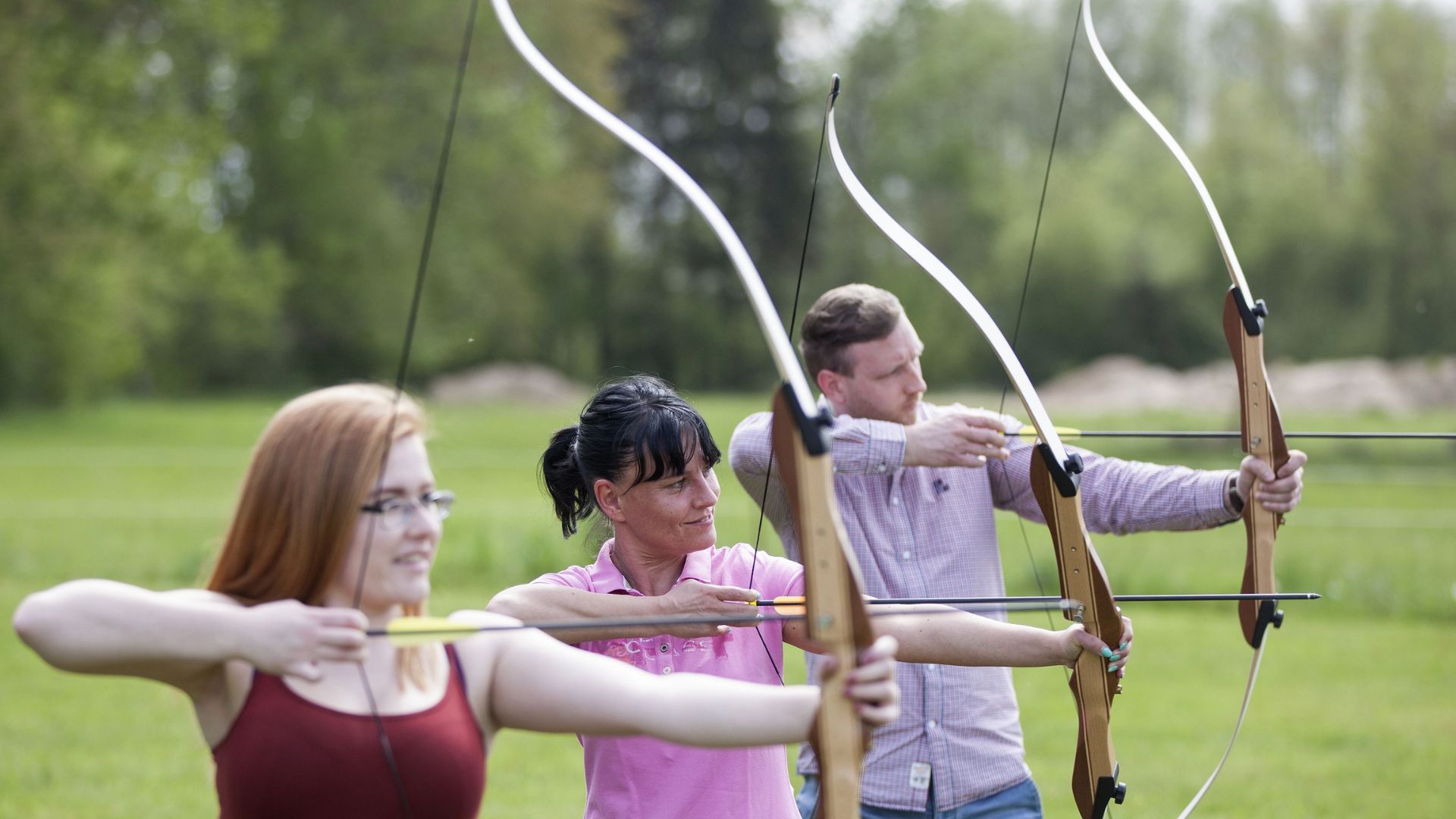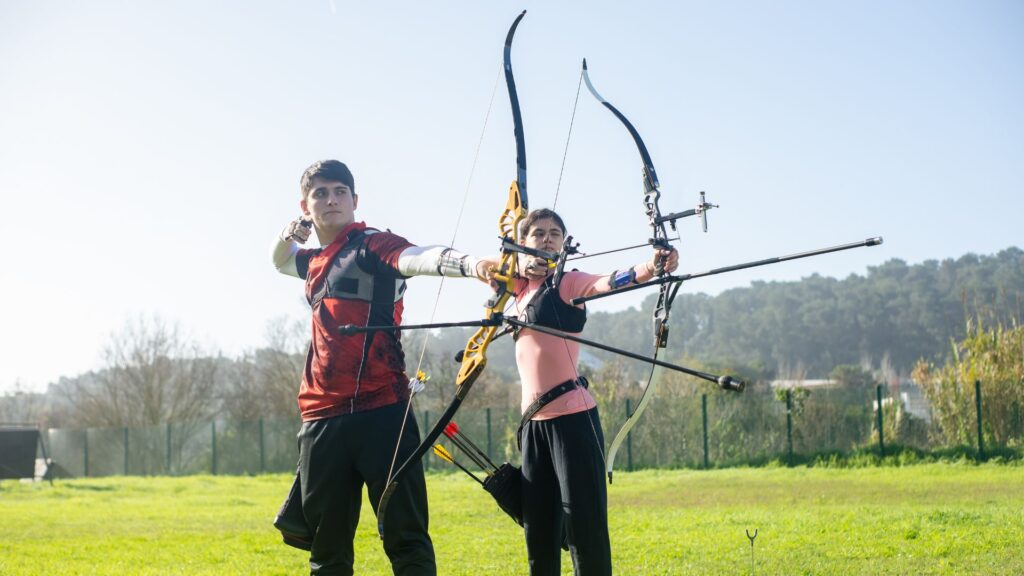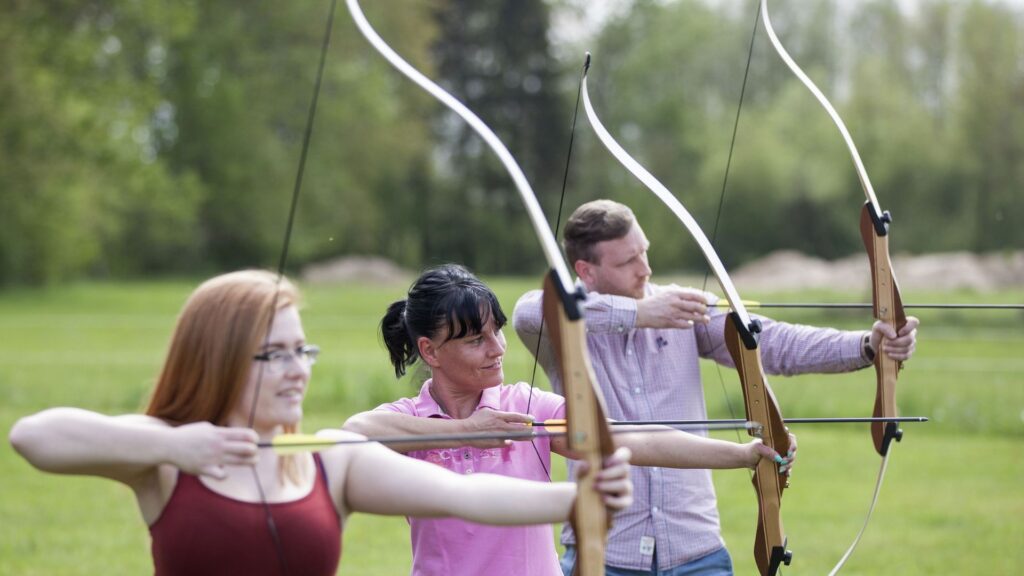How to compete in archery tournaments: What you need to know
Archery is a sport that requires precision, focus, and consistency. While it can be an incredibly rewarding hobby, many archers eventually feel the pull to take their skills to the next level by competing in archery tournaments. Competitive archery brings an added sense of excitement and challenge, providing the opportunity to test your skills against

Archery is a sport that requires precision, focus, and consistency. While it can be an incredibly rewarding hobby, many archers eventually feel the pull to take their skills to the next level by competing in archery tournaments. Competitive archery brings an added sense of excitement and challenge, providing the opportunity to test your skills against other talented archers. Whether you’re aiming to compete locally or on a larger scale, understanding what it takes to succeed in tournaments is essential.
In this article, we’ll cover everything you need to know about competing in archery tournaments, from the rules and preparation to what you can expect when you step onto the range:
- The allure of competitive archery
- Understanding the rules: Key regulations in archery competitions
- Preparing for tournaments: Physical and mental preparation
- The tournament setup: What to expect
- Growth and experience through competition
The allure of competitive archery
Competitive archery is more than just an opportunity to win medals—it’s about pushing yourself to new levels of focus, improving your skills, and experiencing the thrill of competing. For many, the goal is to hone their accuracy, test their mental resilience, and challenge their technique under pressure. But competing in tournaments is not just about the competition—it’s also a chance to meet other archers, learn from their experiences, and be part of a community that shares your passion for the sport.
But before you dive into your first tournament, it’s important to understand the rules, prepare both physically and mentally, and get familiar with the tournament setup. Let’s take a closer look at what you’ll need to know.
Understanding the rules: Key regulations in archery competitions
Every archery competition has a set of rules to ensure that all participants compete on a level playing field. While different tournaments may have specific regulations, there are some standard rules that apply across the board. Familiarising yourself with these rules is the first step in preparing for competition.
Scoring system
The scoring system is central to archery tournaments. In most competitions, targets are made up of concentric rings, with the bullseye being the highest-scoring area. The further the arrow lands from the centre, the fewer points it earns. A typical scoring system involves a 10-ring scoring model, where hitting the bullseye gives you 10 points, and the points decrease with each outer ring. For example, the second ring would score 9 points, the third 8, and so on.
In some competitions, archers shoot a set number of arrows (e.g., 30 arrows in a round) and the total score is the sum of all the points from those arrows. The archer with the highest score at the end of the tournament wins. It’s important to remember that every shot counts, so consistency is key!
Timing
In many archery tournaments, there is a time limit for each shot. In target archery, for example, you might have a set amount of time (typically between 20-45 seconds) to shoot each arrow. If you miss the time limit, your arrow is disqualified, so being aware of your timing is crucial. Some tournaments may also have a maximum amount of time for each round of shooting, which can add to the pressure and excitement of the event.
Equipment rules
There are rules governing the equipment used in competitive archery. For example, the type of bow (recurve, compound, or longbow), arrows, and accessories like sights and stabilisers may have specific regulations, especially in higher-level competitions. It’s important to check the rules of your tournament beforehand to make sure your equipment is compliant.

Preparing for tournaments: Physical and mental preparation
Competing in an archery tournament requires more than just technical skill—it demands physical and mental preparation as well. To perform at your best, you need to be in good physical shape, stay calm under pressure, and maintain a focused mindset.
Physical preparation
While archery might not seem like a physically demanding sport, it requires a lot of muscle endurance, particularly in your arms, shoulders, and back. Regular practice and strength training are important for building the muscle endurance needed to hold the bow steady for long periods and shoot with accuracy. Focus on strengthening your core, arms, and upper back to improve your shooting form and stamina.
Additionally, don’t neglect your flexibility. Stretching before and after practice will help you maintain fluid movement, prevent injury, and ensure that your form is relaxed and controlled during the tournament.
Mental preparation
The mental aspect of archery is just as important as the physical. Mental focus, resilience, and the ability to stay calm under pressure are key to performing well in a tournament. It’s common for archers to experience nerves before a big event, but learning to manage these emotions is crucial.
One technique to improve mental preparation is visualisation. Take a few moments before the competition to mentally walk yourself through each shot, visualising the arrow hitting the bullseye. This can help you build confidence and calm any nerves.
It’s also important to develop a pre-shot routine. This helps you stay focused, calm, and consistent throughout the tournament. Whether it’s taking a deep breath, checking your form, or visualising the shot, having a routine can help centre your mind and prevent distractions.
The tournament setup: What to expect
Tournaments can vary in format, but there are some common aspects you can expect at most events.
Qualification rounds
At most tournaments, there will be a qualification round where each archer competes individually to score as many points as possible within a set time or number of arrows. The qualification round will determine your seeding for the remainder of the tournament.
Head-to-head rounds
In elimination-style tournaments, after the qualification rounds, archers are typically matched up head-to-head, where the winner advances to the next round. These rounds are often more intense, as you’ll be competing directly against another archer.
Set-up and atmosphere
Tournaments usually take place on large ranges, with multiple targets set up at varying distances. Expect a lot of noise and activity as archers from all levels compete. You’ll often hear calls for “clear” and “score” when the round is complete, and there might be spectators cheering on competitors. It’s important to stay focused amidst all the action and distractions.

Growth and experience through competition
Participating in archery tournaments is a great way to improve your skills and gain valuable experience. Tournaments provide a structured environment to test your abilities, challenge yourself, and learn from other archers. While competition may feel daunting at first, remember that it’s a fantastic opportunity to grow as an archer, both technically and mentally.
“Archery is not just about aiming at a target; it’s about aiming at yourself. Competitions reveal who you are and how far you’ve come.” – Unknown Author
By understanding the rules, preparing physically and mentally, and familiarising yourself with the tournament format, you’ll be ready to compete with confidence. Whether you’re aiming for a podium finish or simply hoping to improve your personal best, tournaments are an excellent way to push yourself and take your archery to the next level. So, don’t hesitate—sign up for your next tournament and enjoy the experience of competitive archery!